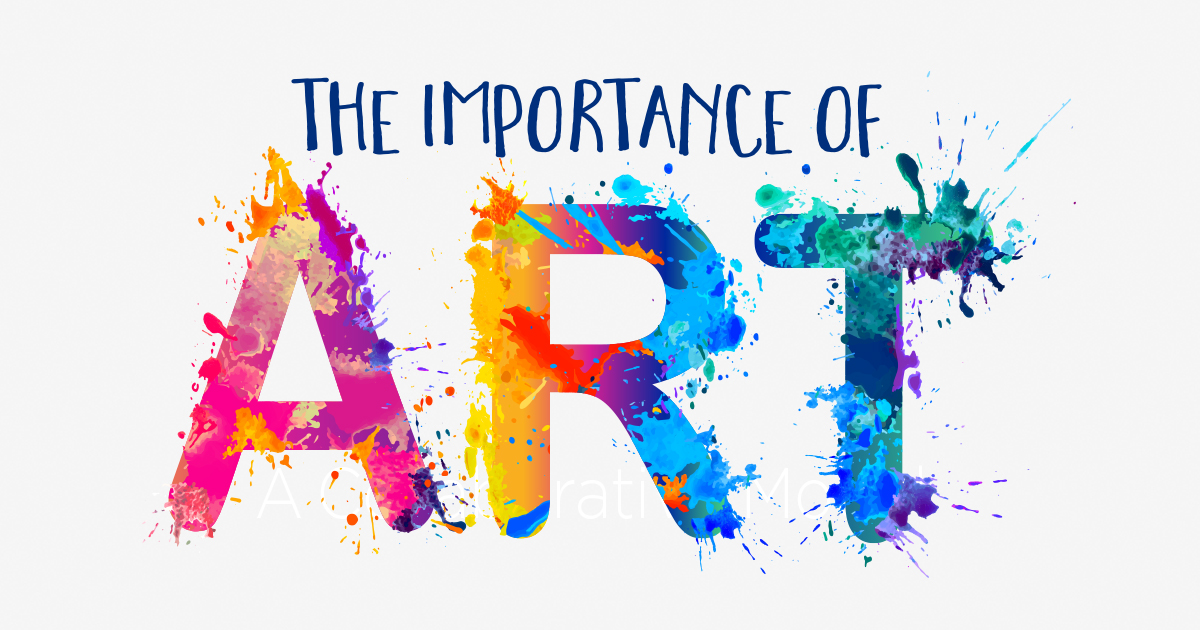The Duty of Trump Art in Shaping Cultural Discussions Around Leadership
Beginning on a Visual Journey Through the Lyrical Interpretations of Nature in Impressionist Landscapes
Each brushstroke, each play of light and shadow, and each shade option in their jobs talks quantities about the artists' deep link to nature and their capability to equate its elegance onto the canvas. As we check out the lyrical interpretations of nature in Impressionist landscapes, we are invited to submerse ourselves in a globe where truth and emotion link, offering a peek into the artists' profound admiration for the all-natural world.
The Captivating Brushstrokes of Claude Monet
Claude Monet's mastery of brushstrokes transcends mere method, imbuing his landscapes with an aerial high quality that enthralls and mesmerizes visitors - trump art. His cutting-edge use color and light, incorporated with his distinct brushwork, creates a feeling of activity and life within his paints. Monet's renowned series of jobs portraying water lilies and his iconic haystacks display his capacity to capture the fleeting effects of light and environment

Embracing Light and Shadow With Camille Pissarro
Personifying a comparable respect for the interplay of light and shadow, Camille Pissarro's artistic vision unfolds as a harmonious expedition of the environment's luminous nuances. Pissarro, an essential figure in the Impressionist movement, masterfully caught the vibrant relationship between light and shadow in his landscapes. His skilled use shade and brushwork enabled him to convey the refined shifts in light that define various times of day and periods.
Pissarro's paints usually feature dappled sunlight infiltrating fallen leaves, casting elaborate patterns of light and darkness on the earth below. In works such as "Hoar Frost, the Impact of Snow, Pontoise," Pissarro skillfully portrays the crisp brightness of winter months sunshine juxtaposed with the awesome darkness that define the snowy landscape. By embracing both light and darkness in his make-ups, Pissarro invites viewers to submerse themselves in the all-natural appeal and short-term effects of light worldwide around them.

Through Pissarro's works, we are advised of the transformative power of light and shadow, inviting us to pause and value the short lived minutes of appeal present in the daily landscapes that surround us.
A Symphony of Colors by Edgar Degas
Edgar Degas coordinates a lively symphony of shades in his skillful artworks, infusing his structures with a dynamic interplay of shades that captivate the viewer's gaze. Recognized primarily for his ballet professional dancers and intimate scenes of Parisian life, Degas skillfully manipulated colors to convey state of mind and activity in his paintings. trump art. His use vibrant, different colors and subtle tonal variations produced a feeling of depth and vibrancy within his works
Degas' shade scheme typically included rich blues, deep environment-friendlies, and cozy oranges, which he applied with confident brushstrokes to catch the essence of his topics. Whether portraying a ballerina mid-performance or a group of pals chatting at a cafe, Degas' colors not only showed the scene yet additionally evoked a sense of emotion and power.
Furthermore, Degas' testing with light and shadow added an additional layer of complexity to his color compositions, enhancing the overall ambience of his paints (trump art). Via his skilled adjustment of color, Degas developed an aesthetic symphony that continues to reverberate with viewers today
Checking out Nature's Serenity With Berthe Morisot
Berthe Morisot's artistic vision provides a peaceful departure from the vivid shade harmonies of Edgar Degas, as she captures the harmony of nature in her evocative landscapes. Recognized for her delicate brushwork and intimate representations of daily life, Morisot's landscapes show a sense of peace and harmony.
Morisot's paints often feature soft, muted tones that share a feeling of peace and serenity. Her jobs, such as "The Cradle" and "Summer season's Day," display her ability view publisher site to catch the subtle appeal of nature in such a way that is both contemplative and soothing to the viewer.
Unlike several of her Impressionist counterparts that concentrated on vibrant make-ups and strong colors, Morisot liked to develop mild, introspective scenes that welcome the visitor to visit homepage stop and show. Through her skillful usage of light and darkness, Morisot produces a sense of serenity that resonates with the customer on a deep emotional degree.
The Psychological Landscapes of Vincent Van Gogh
Vincent Van Gogh's landscapes clearly convey a deepness of feeling with their vibrant brushwork and meaningful use of color. The Dutch post-impressionist artist is renowned for his capacity to record intense and raw emotions in his paints, transcending standard depictions of nature. Van Gogh's turbulent personal life, marked by mental health battles, significantly affected his art, infusing his landscapes with a feeling of anxiousness, melancholy, or spirit.
In jobs such as "Starry Evening" and "Wheatfield with Crows," Van Gogh's swirling brushstrokes and dynamic color selections evoke a profound psychological response from viewers. The turbulent skies and flustered landscapes in his paintings reflect his inner chaos and psychological turbulence, inviting visitors to dig right into the complexities of his mind.
Van Gogh's one-of-a-kind aesthetic language, defined by overstated point of views and vibrant use of color, creates landscapes that reverberate with viewers on a deeply psychological degree. With his art, Van Gogh invites us to see nature not equally as an external fact but as a mirror of our innermost sensations and emotions.
Final Thought
Finally, the impressionist landscapes of artists such as Claude Monet, Camille Pissarro, Edgar Degas, Berthe Morisot, and Vincent Van Gogh supply a distinct and captivating visual analysis of nature. Via their use brushstrokes, shade, light, and feeling, these musicians have developed a harmony of images internet that stimulate a sense of calmness and elegance in the natural world. Their works continue to inspire and captivate audiences with their lyrical interpretations of the landscapes around us.
Each brushstroke, each play of light and darkness, and each color selection in their works talks quantities about the artists' deep link to nature and their capacity to translate its charm onto the canvas. His ingenious usage of shade and light, incorporated with his distinct brushwork, develops a sense of movement and life within his paints. His adept use of color and brushwork allowed him to share the refined changes in light that define various times of day and periods.
